You have a few options to think about when choosing fire dampers. Multi-blade or curtain? Static or dynamic? How many hours of fire resistance? Learn about your options on the MCDLG Newsstand.
Fire Dampers and Passive Fire Protection
Fire dampers are passive fire protection for your HVAC system. Modern buildings will have fire barriers in place, which contain flames to a compartment. This compartment is designed to prevent these elements from spreading unchecked through the building. HVAC ducts will penetrate these barriers, creating a hole in the barrier’s protection.
.webp?width=700&height=355&name=Hubspot%20Blog%202024%20-%20Fire%20Dampers%20-%20Pictures%20(Resize).webp)
Fire dampers are installed at these penetrations, either inside the duct at the penetration or mounted directly into the wall opening. Once installed, fire dampers are designed to close at the first signs of intense heat. Each fire damper is designed to hinder the spread of flames through the fire barrier at the penetration.
There are several fire damper types, but there are four primary characteristics that set one fire damper apart from another:
- The damper’s construction (curtain blade or multi-blade)
- The damper’s fire resistance rating (1.5 or 3 hours)
- The damper’s closure type (static or dynamic)
- The damper’s sleeve (A, B, and C-style)
Your choice will depend on what you need for the application. In this article, we will look at these characteristics and explain what they mean.
For more on dampers and HVAC equipment, check out these Newsstand articles:
- The Four Types of UL Life Safety Dampers
- The Condenser - Fire Response for Life Safety Dampers
- Air Performance and Control Dampers
Damper Construction - Multi-blade or Curtain blade?
Fire dampers are typically designed with multiple blades or a single curtain blade. Multi-blade fire dampers use rotating blades, like a traditional control damper, which close the opening at the first signs of a fire. The damper will typically use a spring-loaded mechanism at the linkage, which drives the blades closed when released. Curtain blade fire dampers use a single accordion-style blade that is suspended over the damper’s opening. This blade stack is set to fall over the opening when a fire event occurs.
.webp?width=672&height=328&name=Hubspot%20Blog%202024%20-%20Fire%20Dampers%20-%20Curtain%20vs%20MultiBlade%20(Resize).webp)
Both damper types will utilize a fusible link, which acts as a fire response device for the damper. Fusible links are metallic pieces that hold the damper’s blades in place. These links are designed to melt at elevated temperatures, so that they release the blades when heat builds from a fire. For curtain blades, the fusible link holds the curtain to the topmost frame.
For multi-blade dampers, the link will hold the blade’s position at the linkage. In both dampers, the link will melt and break when temperatures rise above its threshold and releases the blades to the fully closed position. The bottom of the curtain blade will fall into a locking mechanism at the damper’s sill.
Multi-blade fire dampers have the traditional look of a control damper, but they are strictly used for passive fire protection. Like a control damper, multi-blade fire dampers can receive a position indication switch to help technicians determine the current position of the blade. They are also easier to test and reset than a curtain blade.
Curtain blades are an exceedingly popular and affordable option for meeting the fire barrier’s requirements. Curtain-blade dampers have no blades in the airstream when fully open, allowing air to flow freely through the damper.
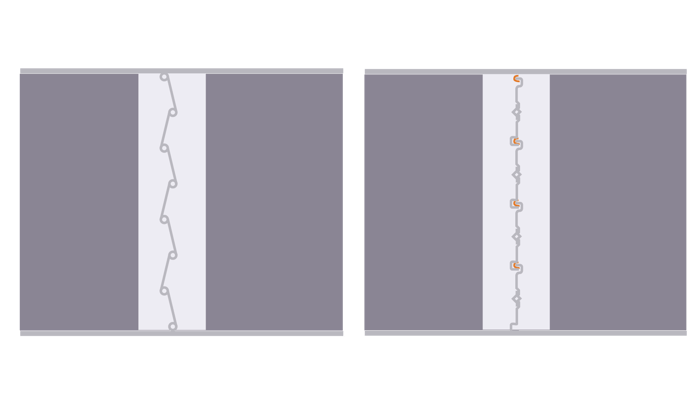
With the right sleeve equipped, you can have a fire damper with 100% free area. This means you can meet your fire safety requirements without sacrificing air performance in the process. We will go over the three types of sleeves later in the article.
Fire Resistance Rating - 1.5 Hours or 3 Hours?
Fire dampers will have a fire resistance rating of either one and half (1.5) hours or three (3) hours. This rating signifies how long the damper will remain closed and intact during a fire event. This option may seem like an easy decision. The fire damper should stay intact for as long as possible. The key is to buy time for occupants to evacuate. So, you should pick the damper that will last the longest. Right?
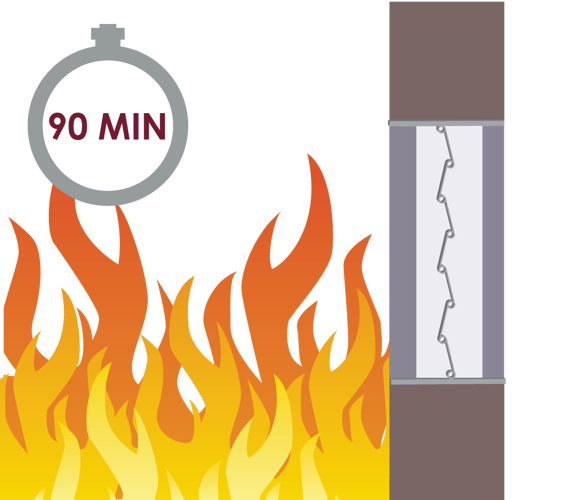
There is more to think about when making this decision. The barrier receiving the damper will also have a fire resistance rating. A 3-hour-rated fire damper won’t be much help if the fire barrier is rated for two hours. The key is to find a fire damper with a fire resistance rating that is close to the barrier’s fire rating. Use this general rule for making your selection:
- For barriers with a fire rating less than three hours, use a 1.5-hour-rated fire damper.
- For barriers with a fire rating greater than three hours, use a 3-hour-rated fire damper.
Remember, the fire damper is there to cover the HVAC penetration in the barrier.
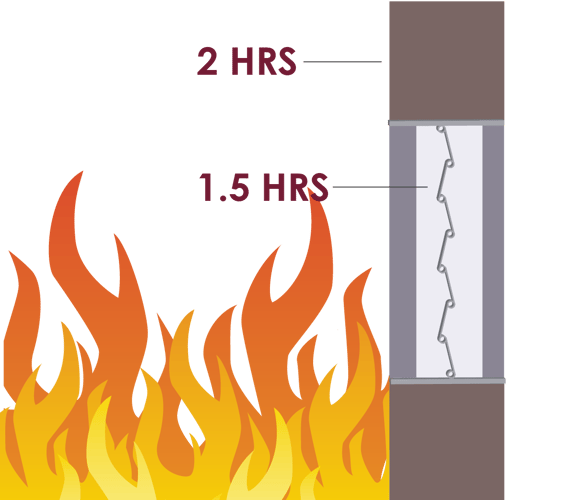
Closure Type - Static or Dynamic?
When the fusible link breaks, the fire damper will close off the barrier penetration. What happens if air is still moving through the system? Are system fans set to run during a fire or will they shut off? Answering these questions will help you determine whether you need a static or a dynamic fire damper.
"Static" and "dynamic" refers to the damper's closure type. Static fire dampers use a small amount of force to close. A static curtain blade will rely on gravity to close off the damper, while a static multi-blade damper may use a light spring for closure. This closure type can only work in still air conditions, where system fans are shut off during an emergency.
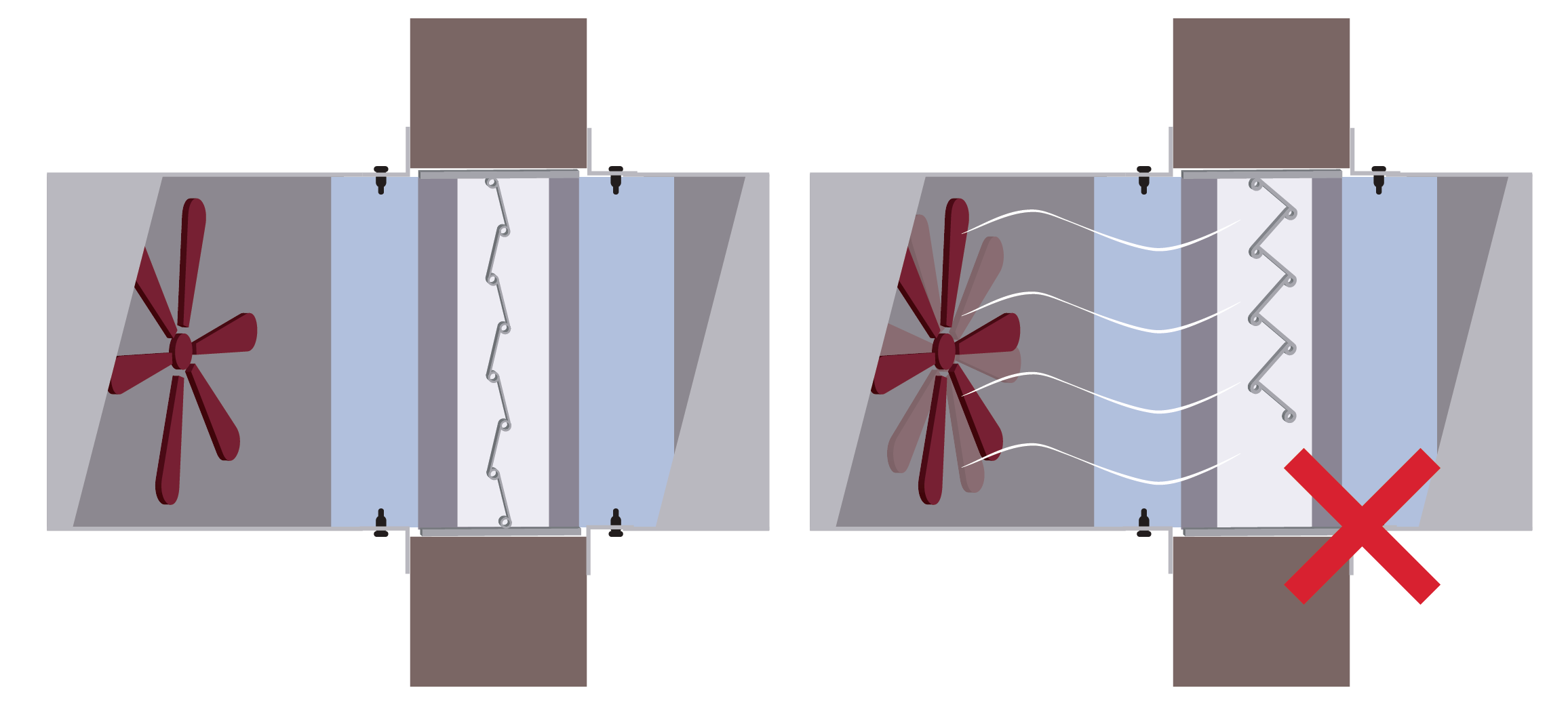
Dynamic fire dampers are designed to close against airflow. Dynamic curtain-blade and multi-blade dampers will have spring-loaded mechanisms that drive the closing action of the blade. This ensures that the damper closes during a fire, even if air is flowing through the damper. Static fire dampers will be cheaper than dynamic fire dampers, but you must be certain that fans will shut down during a fire event.
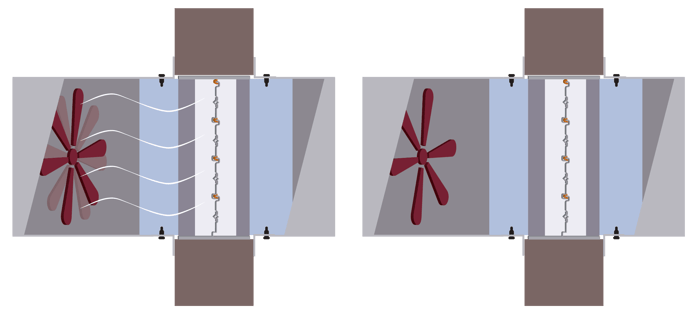
Make sure you understand the damper’s application before deciding which closure type to use. Fire dampers must close at the first signs of fire.
Sleeves - A, B, or C-Style?
Every fire damper will require a sleeve. Sleeves are metal assemblies, resembling a length of duct, which encompass the fire damper and its frame. Manufacturers will include the sleeve with the fire damper and even install it for you at the factory unless you specify otherwise.
When mounting the fire damper, installers will use retaining angles to brace the sleeve and the damper to the barrier. This design ensures the damper stays in the penetration during the chaos of a fire event. Sleeves can come in three common styles: A-style, B-style, and C-style. These styles refer to the shape of the sleeve.
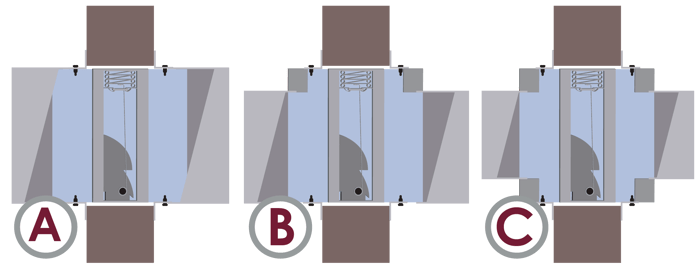
A-style sleeves are the standard sleeve type, encompassing the damper and its frame. This means that the damper’s blades and its full frame will be in air stream. When you order a fire damper, you will receive an A-style sleeve by default. Multi-blade fire dampers do not fully benefit from B-style and C-style sleeves. These are primarily designed for curtain blade dampers.
For B-style, the height of the sleeve’s opening will start at the bottom of the curtain blade and end at the bottom of the frame. This removes the curtain blade stack from the air stream while the damper is open, increasing the damper’s free area and improving air performance.
C-style sleeves go one step further: the sleeve’s opening height starts at the bottom of the blade stack and ends just before the damper’s locking mechanism. This means that only the damper’s free area is exposed to the air stream when the damper is open. You can gain the benefits of 100% free area, or reduce the damper’s effect on your system’s performance, with these B and C-style sleeves. Otherwise, you will use the standard A-style sleeve with your fire damper.
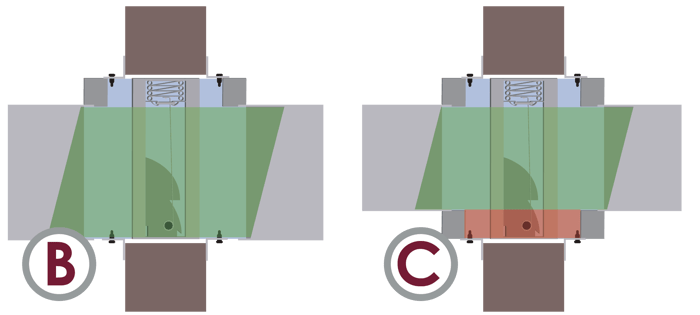
At Air Balance, we offer the X-style sleeve for our curtain blade fire dampers. The X-style is an integral sleeve that is part of the fire damper’s frame. X-style sleeves are A-style by default, but they can also be B and C-style to meet the needs of your system.
Finding The Right Fire Damper
Fire dampers are a vital component in keeping occupants safe during a fire. The wrong damper will fail inspection and cause endless headaches to replace it with the right one. Know what you need before purchasing dampers. By understanding the different types of fire dampers and the available options, you can choose the best dampers to meet your requirements.
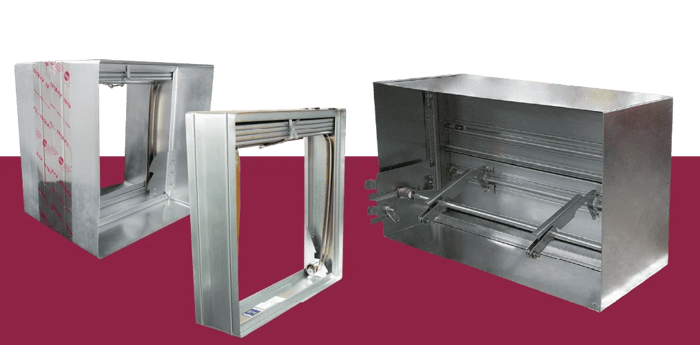
Air Balance offers curtain-blade and multi-blade fire dampers, rated for static and dynamic closure, and for 1.5 hours or 3 hours of fire resistance. Meet your fire safety requirements with the right fire dampers. Take a balanced approach to your next project. Contact Air Balance about our line of curtain fire dampers, including our X-style sleeve dampers. We are ready to help.
Static or dynamic? Which fire damper types are more common in your projects? Tell us your thoughts in the comments below. We want to hear from you!
.webp?width=91&height=70&name=MCDLG%20Logo%20(Resize).webp)
.webp)





